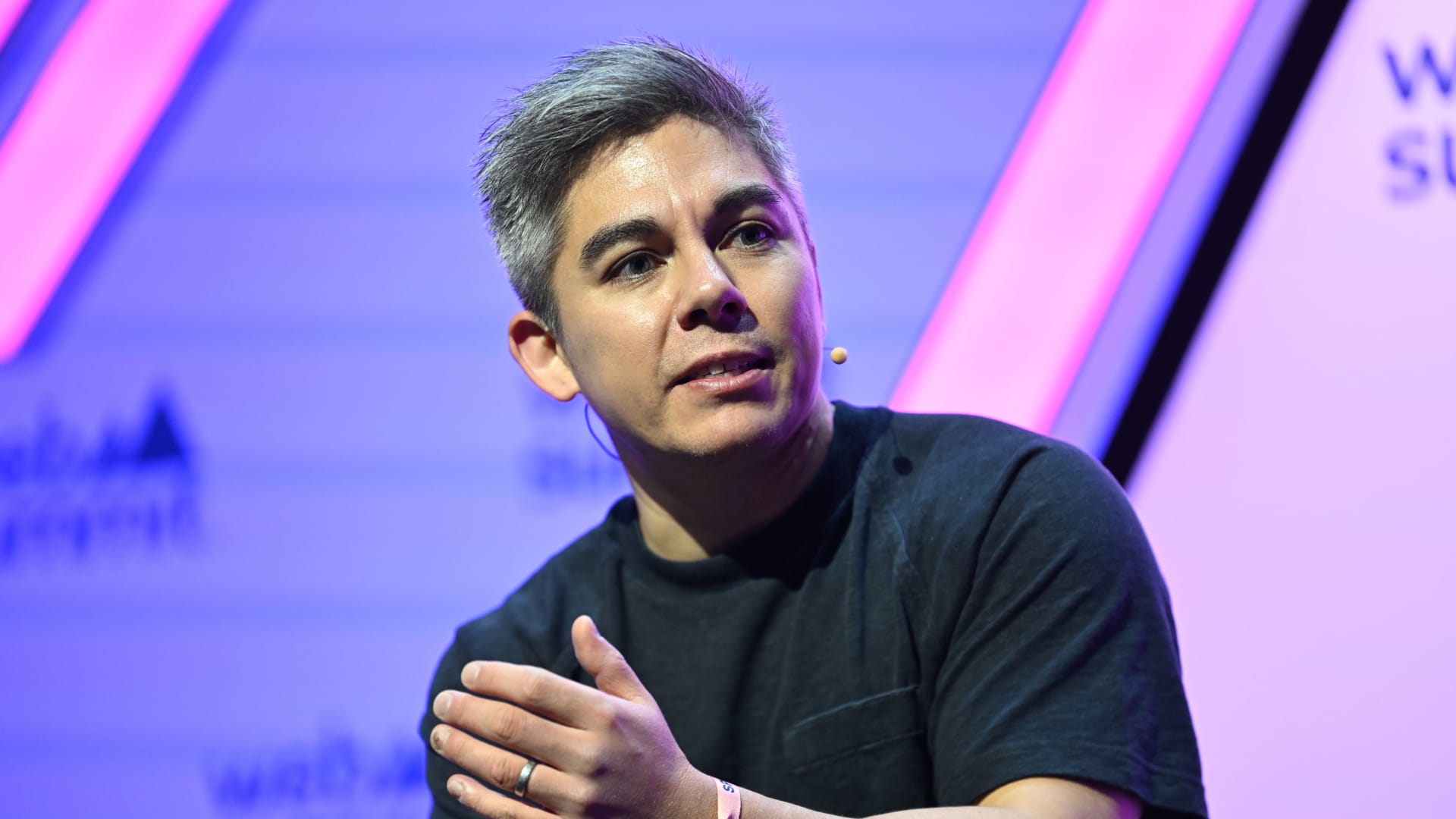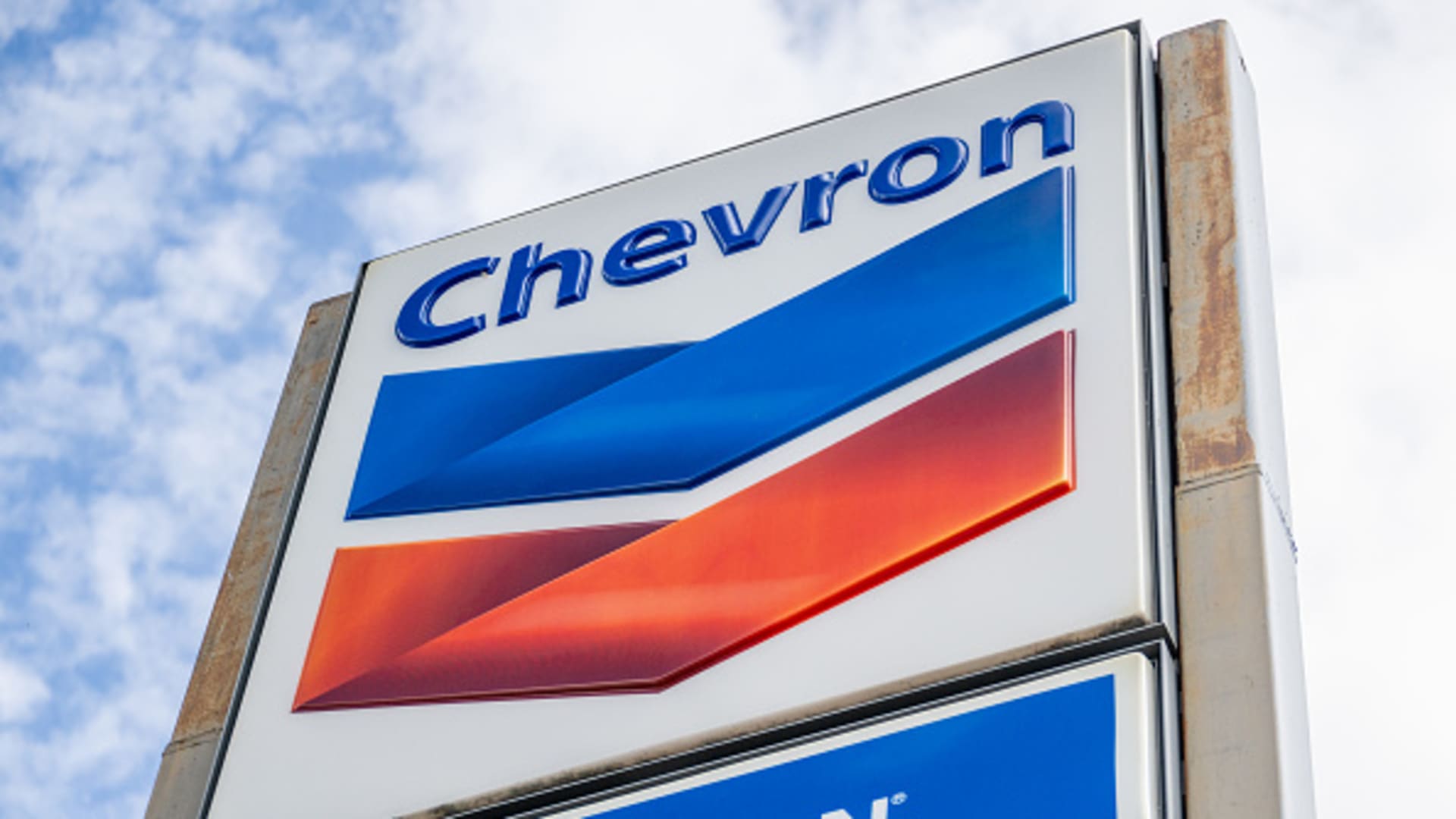Hiroki Takeuchi, co-founder and CEO of GoCardless.
Zed Jameson | Bloomberg | Getty Images
Financial technology unicorn GoCardless more than halved losses in 2024 and said it’s aiming to reach full-year profitability by 2026.
The London-based startup, which helps businesses collect recurring payments such as subscriptions, reported a net loss of £35.1 million ($43.8 million) in the full year ending June 30, 2024.
That was a 55% improvement from the £78 million GoCardless lost the year prior.
The firm noted that “restructuring activity” at the end of the full year ending June 2023 contributed to a reduction in operating losses in 2024. In June 2023, GoCardless announced it was cutting 15% of its global workforce. That took GoCardless’ salary expenses down 13% to £79.2 million in the company’s 2024 fiscal year.
Still, while this improved the company’s financial picture, GoCardless’ CEO Hiroki Takeuchi told CNBC that revenue growth also helped significantly.
“We’re much more focused on the cost side … We want to be getting very efficient as we scale,” Takeuchi said in an interview last week. “But we also need to continue growing. We need both of those things to get to where we want to be.”
GoCardless grew revenue by 41% to £132 million in full-year 2024. Of that total, £91.9 million came from customer revenue.
Last year also saw GoCardless record its first-ever month in profit in March 2024. Takeuchi said its his aim for GoCardless to post its first full-year profit in 12 to 18 months’ time, adding it’s “well on track” to do so.
‘No plans’ to IPO
Back in September, GoCardless acquired a firm called Nuapay, which helps businesses collect and send payments via bank transfer.
Asked whether GoCardless is considering further mergers and acquisitions in future, Takeuchi said the firm is “actively looking,” adding: “We’re seeing lots of opportunities come up.”
Following its acquisition of Nuapay, Takeuchi said GoCardless is currently testing a new feature that allows clients to distribute funds to their own customers.
“If you take something like energy, the vast majority of the payments are about collecting money,” he told CNBC.
“But then you might have some of your customers that have solar panels on their roof and they’re sending energy back to the grid, and they need to get paid for that energy that they’re generating.”
GoCardless, which is backed by Alphabet’s venture arm GV, Accel and BlackRock, was last privately valued by investors at $2.1 billion in February 2022.
Takeuchi said the firm had no need for external capital and that there are “no plans” for an initial public offering in the near term.
Fintechs have been watching Swedish fintech Klarna’s plan to go public closely — but many are waiting to see how it goes before deciding on their own plans.
With technology IPOs at historic lows, several startups have instead opted to provide employees and early shareholders liquidity by selling shares in the secondary market.
In November, Bloomberg reported that GoCardless had chosen investment bank Lazard to advise it on a $200 million secondary share sale. GoCardless declined to comment on the report.

 Economics7 days ago
Economics7 days ago
 Economics7 days ago
Economics7 days ago
 Finance7 days ago
Finance7 days ago
 Economics5 days ago
Economics5 days ago
 Economics7 days ago
Economics7 days ago
 Blog Post6 days ago
Blog Post6 days ago
 Personal Finance5 days ago
Personal Finance5 days ago
 Personal Finance6 days ago
Personal Finance6 days ago









